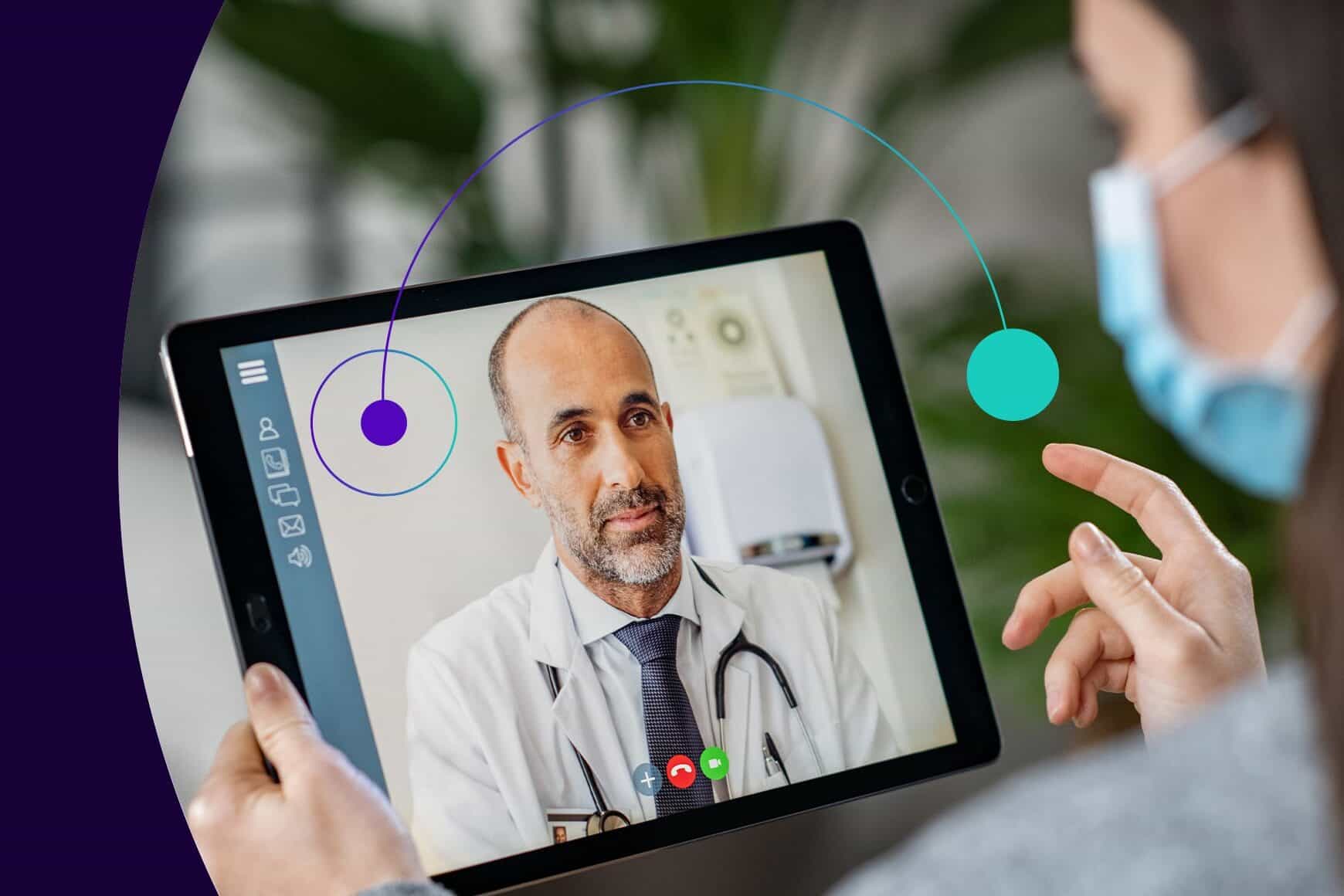For healthcare organizations, the patient experience is paramount

By Greg Miller
0 min read

This blog was first published in Health Care Business Today.
The COVID-19 pandemic was a wake-up call to a healthcare industry that had a well-deserved reputation for lagging behind other sectors, both in the adoption of technology and quality of customer service.
A survey of C-level healthcare executives early this year reveals that 60% of healthcare organizations are implementing digital transformation initiatives as a result of last year’s events. Another 42% of respondents said they are accelerating some or all of their organizations’ digital transformation plans. Overall, 70% said they planned to increase technology spending.
The survey by professional services firm BDO also shows that improving the patient experience (PX) is a major objective for providers, with 26% of respondents citing a better PX as their leading digital priority. The top three areas in which respondents said they are spending their technology dollars to improve PX were telemedicine (75%), electronic health records interoperability (64%), and patient portals (56%).
It’s certainly understandable that providers want to improve their digital experience, given how critical virtual care was when in-person visits weren’t possible in 2020. Now that providers and patients have seen how well telehealth and other digital tools work, there’s no turning back. Interoperability spending, meanwhile, is being fueled by the drive toward value-based care and care coordination, neither of which can be successful without clinicians having access to relevant patient data.
Patient portals and patient-facing apps, bots, and channels may not seem like critical technology to a healthcare organization at first glance, but healthcare executives and investors increasingly are aware that consistently providing a superior PX across the care journey is the key to their competitive success.
However, patient portals as they exist today aren’t up to the challenge of delivering a superior PX because they’re almost antiquated in their lack of options, personalization, and interactivity. Modern healthcare consumers demand far more from provider and payer organizations than the ability to leave voice messages for an answering service or confirm appointments online.
To ensure a superior PX, healthcare organizations must implement technologies that rely on artificial intelligence (AI) and machine learning (ML) to create personalized experiences, which both empower and delight patients.
Healthcare must move away from a strategy that funnels consumers toward portals and relies on inbound interactions. A cloud-based platform for managing interactions in the contact center can enable healthcare consumers to access and receive support from their providers and health plans at their convenience while unifying those interactions with ones they have with agents in a contact center. AI and ML can elevate contact center functionality beyond simple issue resolution to automating key interactions and supporting care coordination.

A healthcare consumer revolution
The patient experience does not begin and end in the exam room, lab, or on a surgery table. PX includes every interaction between a healthcare consumer and a healthcare organization throughout the patient journey. Making appointments, receiving bills, seeking information on post-op care: All are part of the patient experience, and a negative interaction or outcome is a dropped call, lengthy hold time, or misunderstanding away. For two-thirds (67%) of respondents to a recent survey, even one poor customer experience would diminish their loyalty to a healthcare organization.
Viewed another way, the survey reveals an opportunity for forward-looking healthcare organizations. Indeed, 75% of respondents said they are more loyal to providers that invest in improving PX, while 87% of healthcare customer experience professionals agreed they need to differentiate based on PX. Thus, the desire to improve PX is strong, and investments are being made.
The fragmented nature of U.S. healthcare is a source of frustration and confusion for patients, who struggle to navigate a byzantine system and often are frustrated by poor experiences at multiple points in their care journeys. Healthcare organizations determined to get every patient touchpoint right can do so only with a user-friendly platform that avoids the confusion, endless loops, and dead ends endemic in too many patient support platforms often disconnected from each other and from the hub of today’s patient journey: the contact center.
A solution that can truly orchestrate interactions throughout the journey makes it easy for patients to communicate across multiple channels and the channel of their choice, whether that’s voice call, live chat, virtual chat, mobile app, email, SMS, or some combination. It is a convenient digital front door for patients that streamlines the patient journey and increases patient satisfaction. This benefits not just the healthcare consumer, but also providers, for whom higher patient satisfaction translates into greater brand value.
With such a platform, information silos across provider systems are eliminated. This is significant for larger provider organizations such as hospital systems with multiple facilities in different locations across a city, metropolitan area, or region. It eliminates data silos between facilities and synchronizes the patient journey.
On the health organization side, when contact center staff have quick and easy access to information about a patient’s previous interactions, they can avoid redundancies (such as asking the patient for information they’ve already provided) and have a personalized conversation with context. The user interface is designed to make it simple for support agents to retrieve relevant information about a patient. This leads to greater efficiency, faster resolution times, and a better PX.
Further, the AI and analytics capabilities enable healthcare organizations to learn and anticipate individual patient preferences, bolstering the personalized experiences that patients demand. AI and ML technologies can also help manage complex interactions impossible for simpler standard interactive voice response systems, empowering patients to utilize self-service features.
Healthcare organizations historically have put the burden on patients to navigate and coordinate their own care journeys. But the healthcare industry is in the midst of disruptive change as payment models evolve, consumers demand more, and consumer giants such as Apple and Microsoft seek to transform the market. To thrive amid disruption, healthcare systems able to create a positive, consistent patient experience can quickly differentiate themselves. A platform for managing interactions can help healthcare organizations meet and exceed the expectations of their patients for a superior experience.






